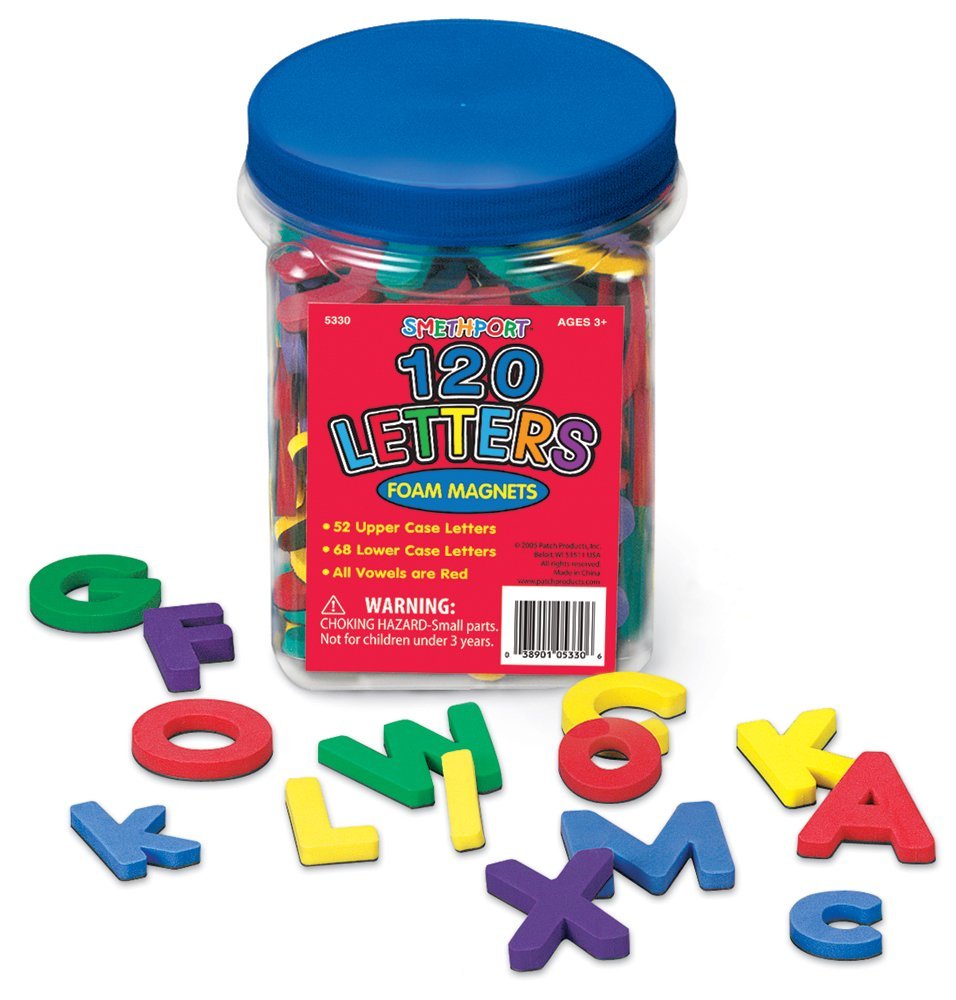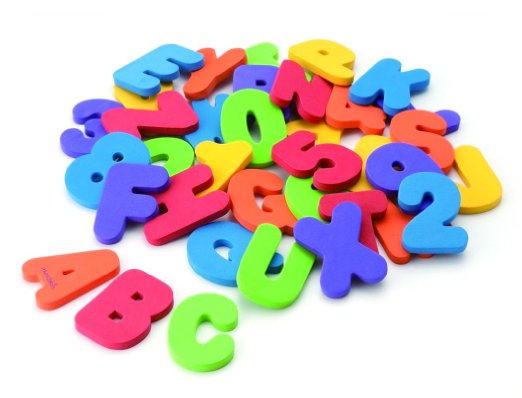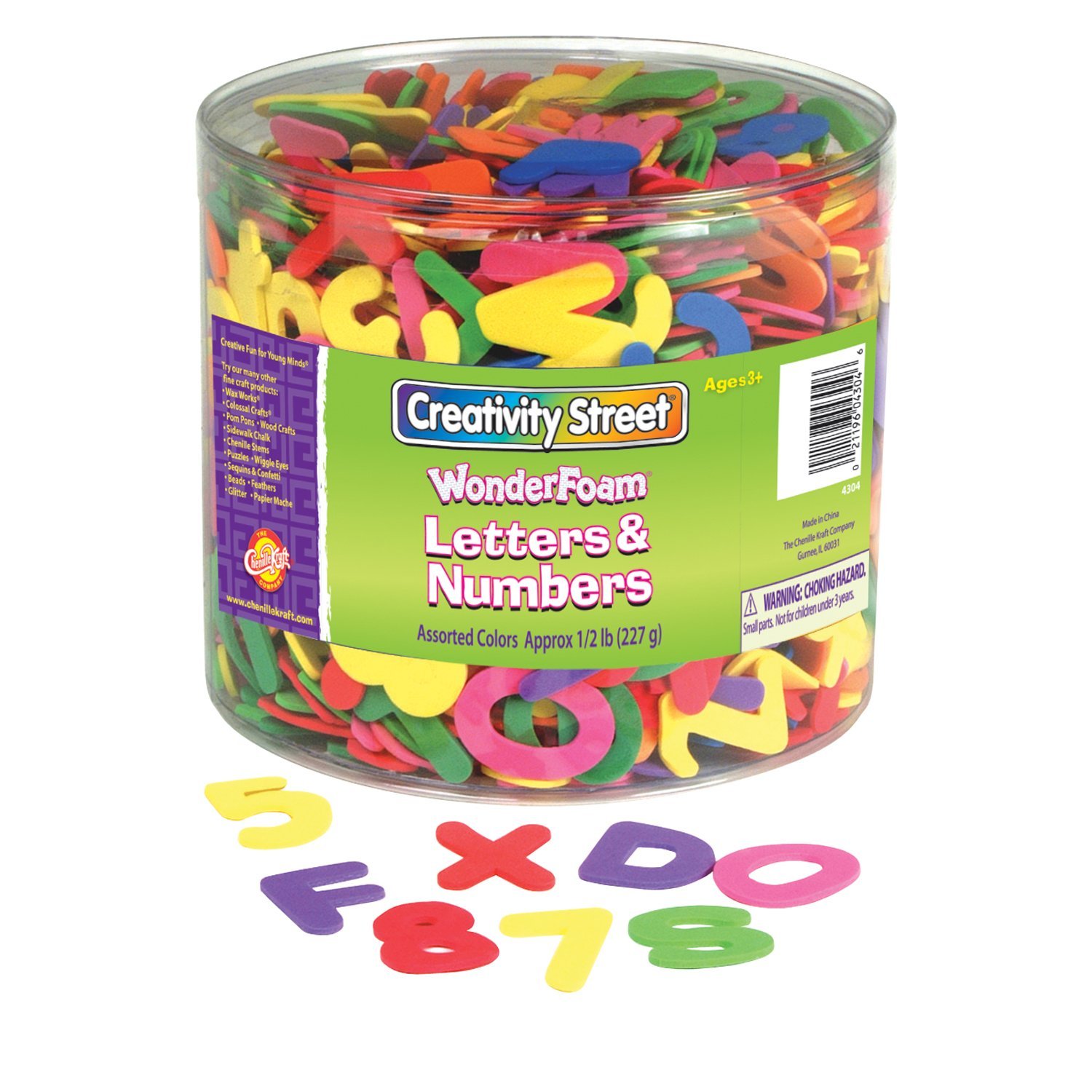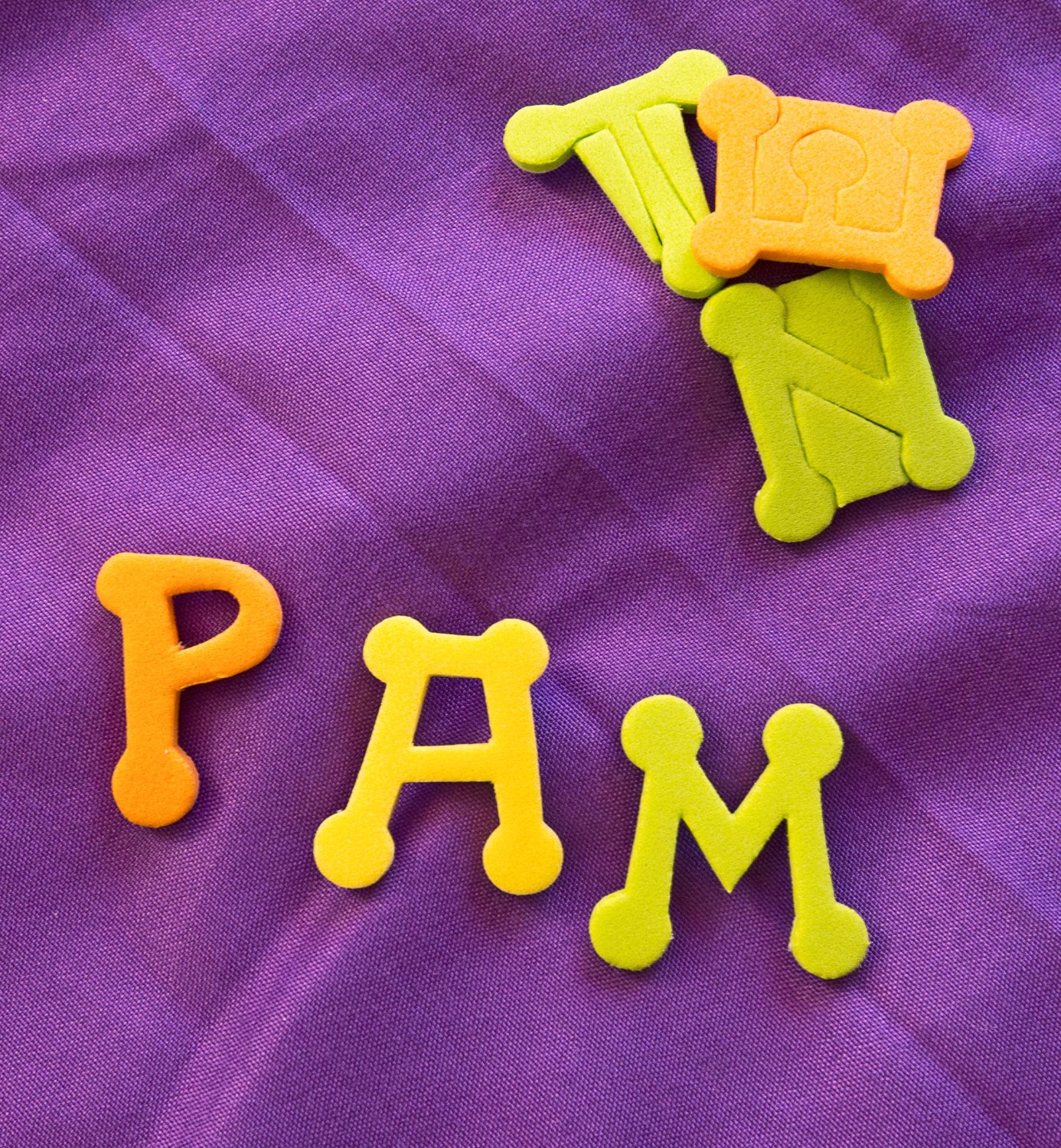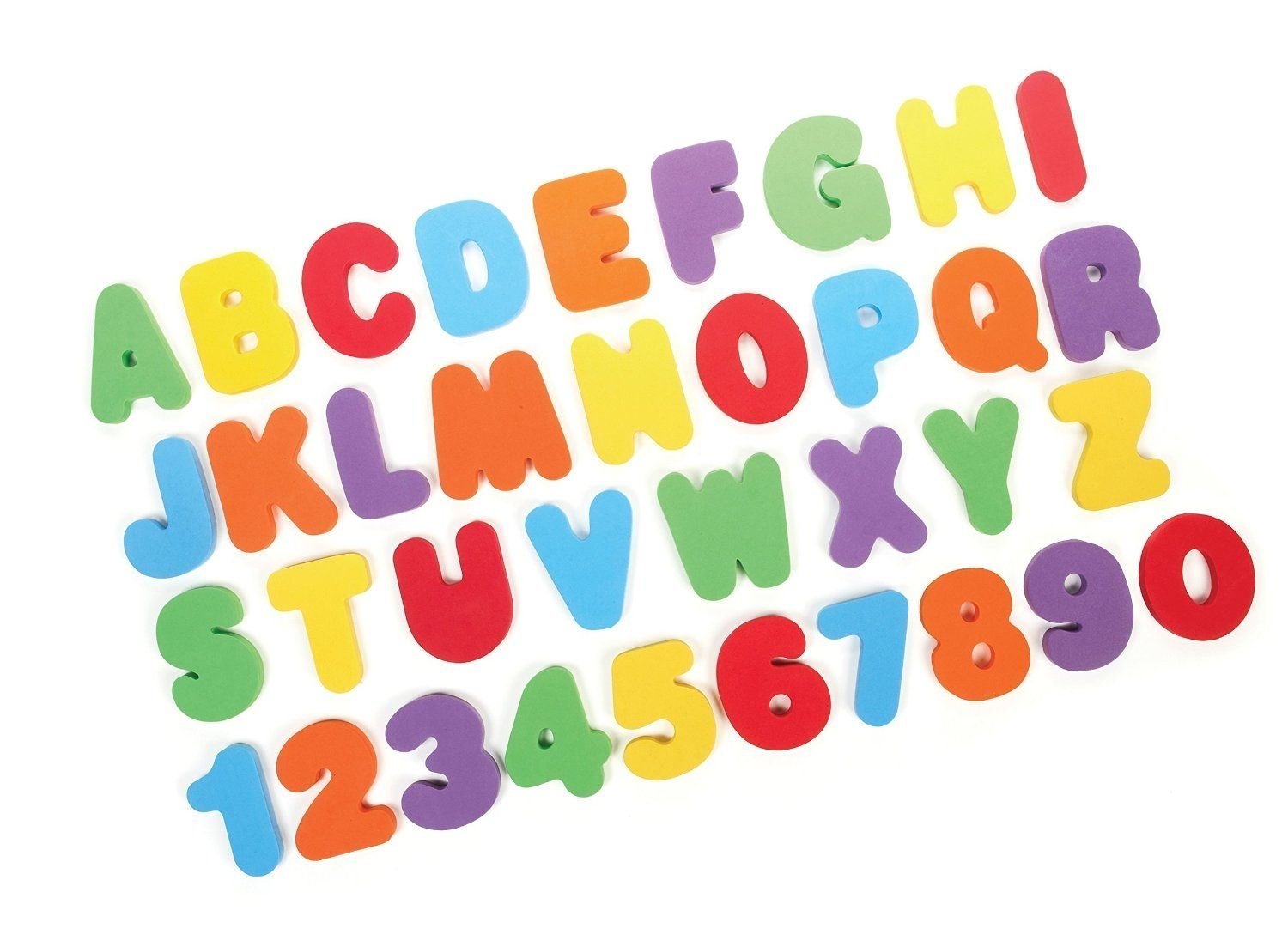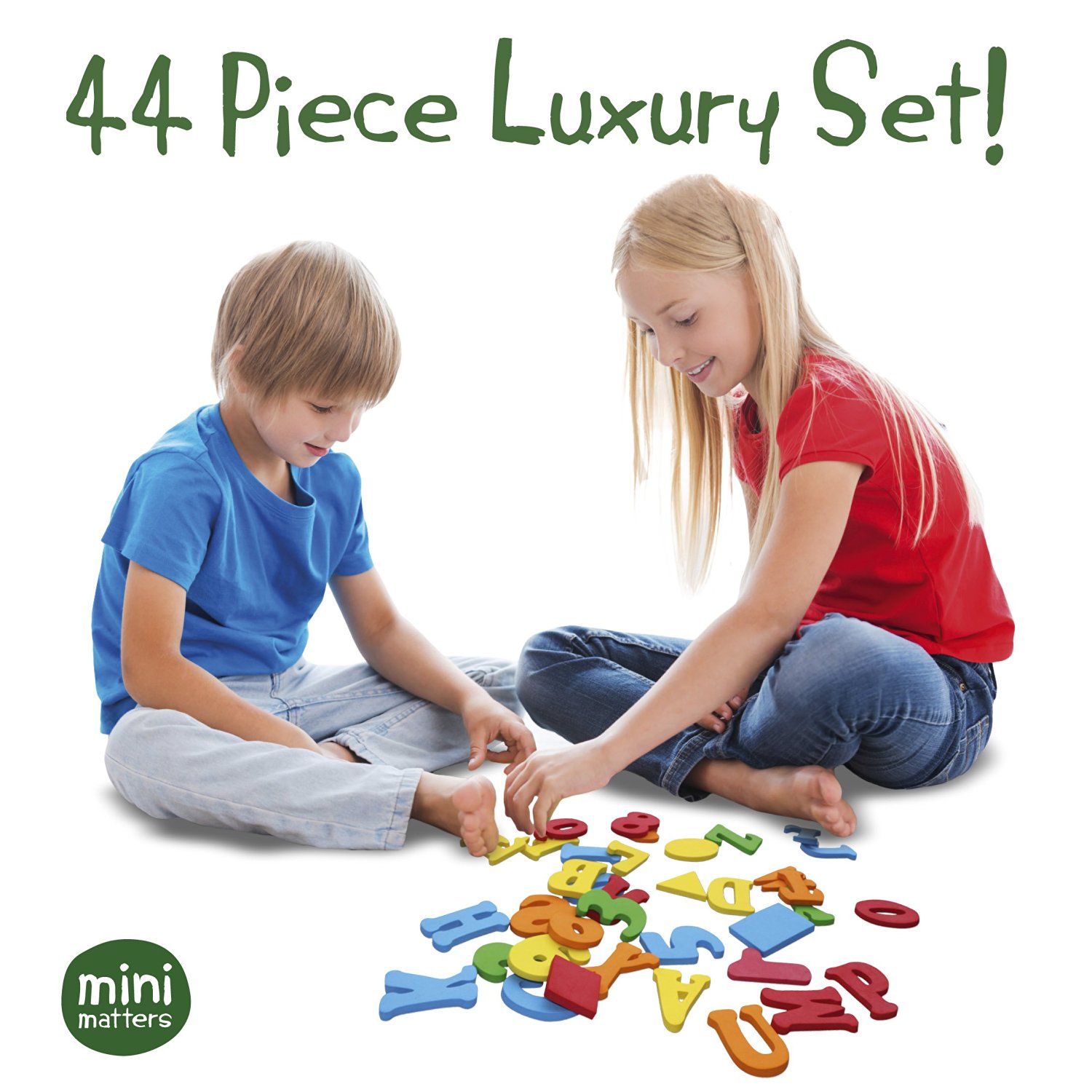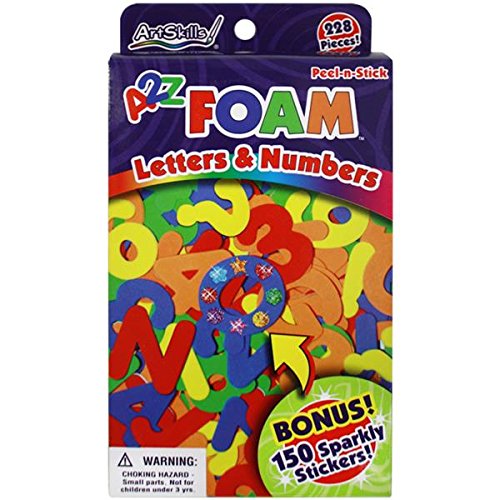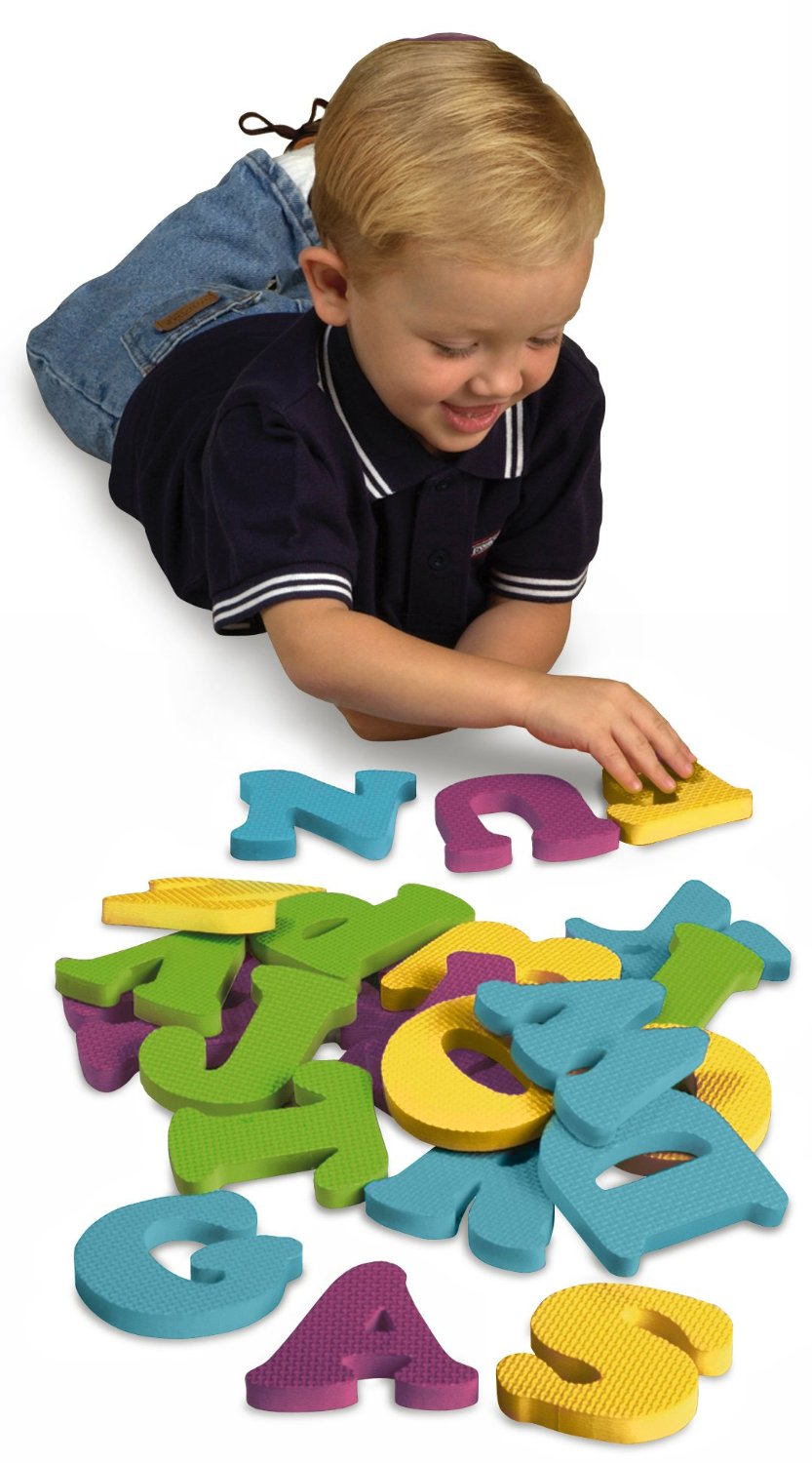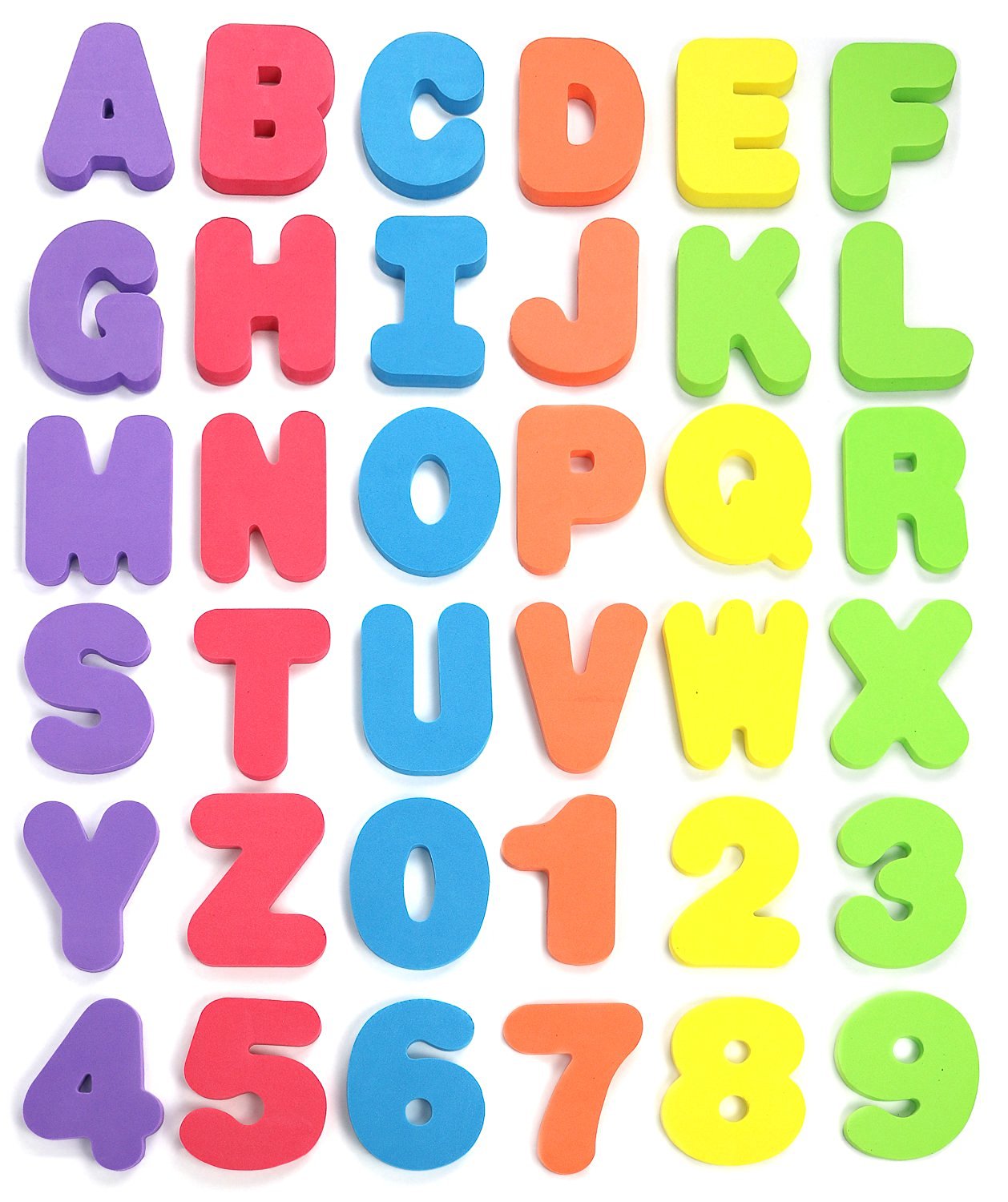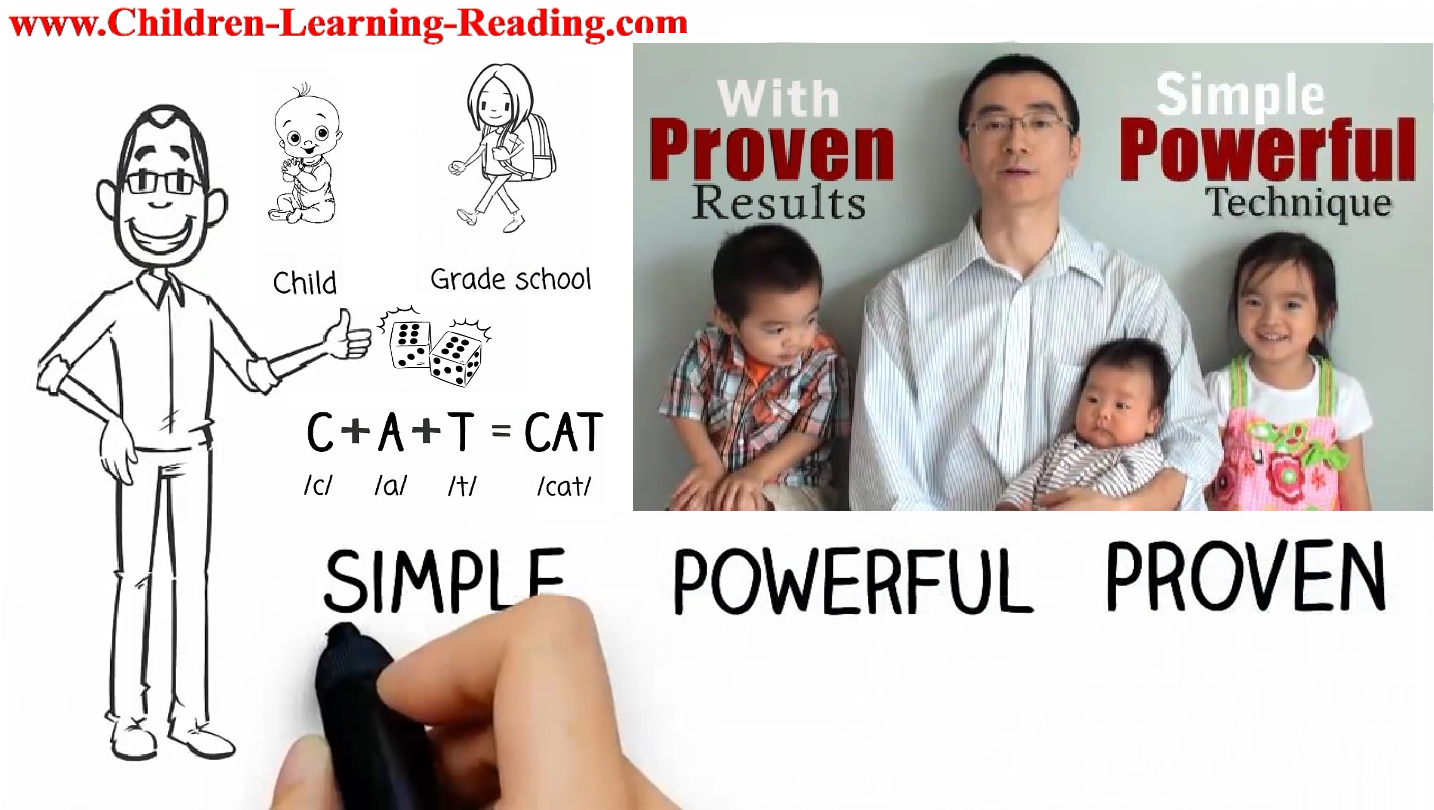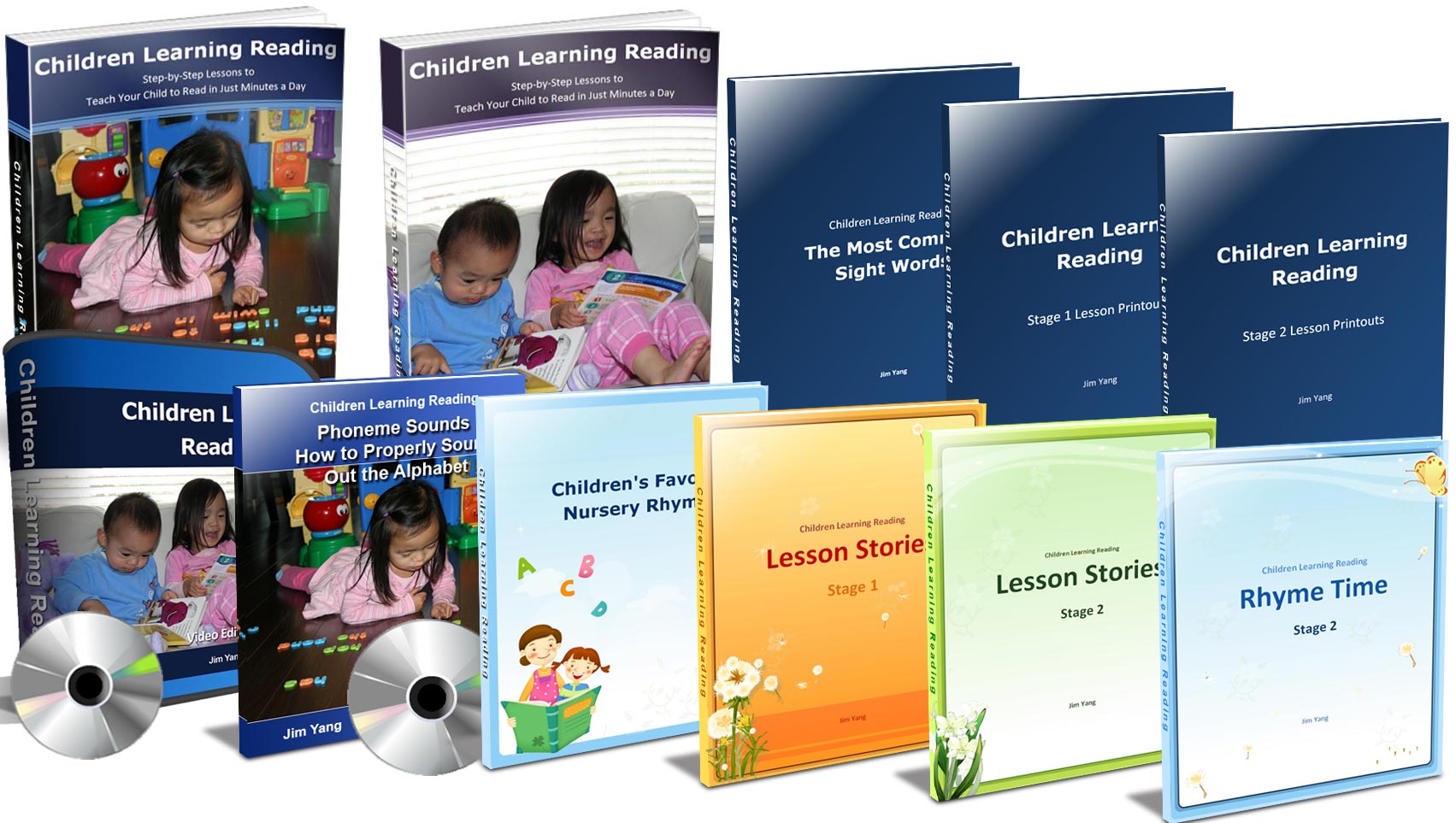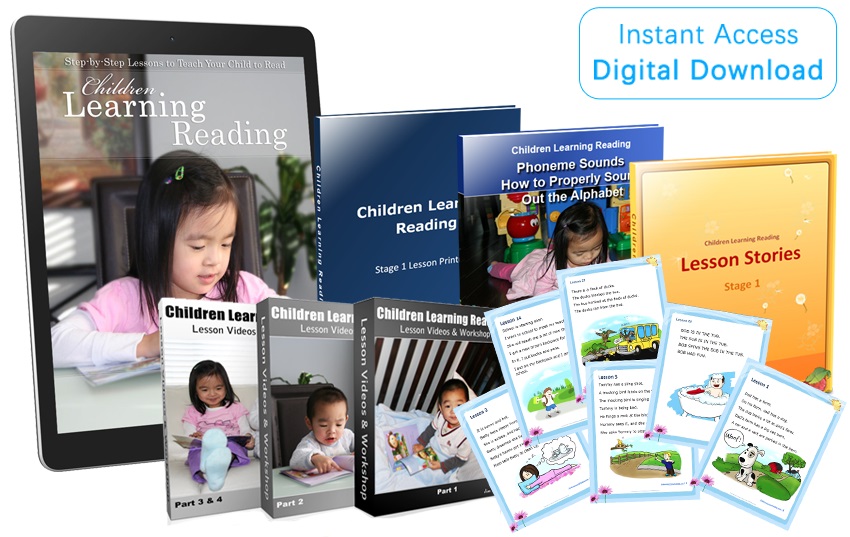Using 3D Letters And Foam Letters To Teach Your Child The Alphabet
Learning the alphabet does not just have to be about writing all of the letters on paper. This is not the most interesting thing for a young child to do, and they will soon lose interest and want to do something else. Your child will want to learn to write soon enough, it is not a good idea to push them too quickly.
Why not treat them to a set of 3D letters or foam letters to play with and learn at the same time? There are a number of different learning activities that you can do with these letters. They will be fun for your child and they will learn about the letters of the alphabet. You can also improve their coordination and motor skills with these activities.
Learn The Alphabet
You can use Styrofoam letters to teach your child the alphabet in an entertaining way. This can be done in the bath, outdoors or in any room of your home. Make it easy to start with by going for three letters at a time e.g. ABC, DEF etc.
You can ask your child to start with “A” and then choose the next letter of the sequence to put alongside it. Ask your child to feel the shape of the letters as they are doing this, and ask them to make the sound that the letter makes.
Put The Letters In Order
Once your child knows the correct sequence of the letters, you can use the alphabet foam letters to play an ordering game. Here you would mix up all of the letters and then ask your child to put them into the correct order.
They should really enjoy doing this. If they know the letter sounds then ask them to tell you each one. Depending on their ability, it could take them quite a while to select the correct letters and put them into the right order. If they are really young and make a mistake just help them.
Which Letter Is Missing?
In this activity you will arrange the letters in order but miss some of them out deliberately. Your child’s task will be to place the missing letters into the right places. Start with single missing letters and gradually build up to double missing letters (e.g. E and F) and build up from there.
Spell My Name
Here you will use foam letters to spell your child’s name, as well as the names of their family and other people that they know. It is likely that you will need more than one set of foam letters to do this, as you will require the use of some letters more than once.
Get them to spell their own name first. If they don’t know how to do this then show them a few times. You can create variations on this activity by leaving letters out of their name and asking them to make it right. Do this everywhere. Bath times are a great time to play the name spelling game.
Hunt The Missing Letter
Here you will be calling out letters and asking your child to find them. Jumble all of the letters up to start the game. You will need quite a large space for this, so you could use a table or the floor. After a while change places with your child and get them to call out the letters. Make some deliberate mistakes and let them correct you.
Match Me Up
The best way to do this activity is to have one set of upper case 3D letters and one set of lower case letters. Your child will need to match the letter sets together e.g. upper case “A” with lower case “a”. This is a really fun activity and will keep your child entertained for quite a while.
Memory Letters
To do this activity you will need a tray and a cloth to cover it. Start by placing three letters on the tray and then cover them up with the cloth. Now you can take one of the letters away and show your child the other two letters. Your child can look at all of the remaining letters to try and work out which letter is missing.
As a variation on this, you can show your child the three letters on the tray for a few seconds and then cover them up and ask them to remember the letters that they saw. If three letters is too difficult then start with one or two.
Rice And Letters
This is a sensory letter activity. Here you will need some 3D foam letters and some rice. Put the rice in a safe canister and then bury the letters in the rice. Ask your child to close their eyes and put their hand into the rice and choose a letter.
When they have the letter they must feel all around it and tell you what it is without opening their eyes. Once they get the letter correct they can look for the next one. If they make a mistake then help them, your child should really enjoy this activity. There is no reason why you can’t find the letters in the rice too. Make some obvious mistakes so that your child can correct you.
Types Of 3D Letters And Foam Letters Available
There are several types of foam alphabet letters that you can purchase, and most of the sets are very inexpensive. We will look at the most popular ones here:
Foam Magnets Letters
Foam Magnets – Letters
Here is a novel idea – foam magnetic letters in both upper case and lower case format. There are 120 magnets included, and your child can practice their letter learning on the fridge door. The letters are easy to handle for young kids and great fun. There are 52 upper case and 68 lower case letters in the pack. More details here.
Munchkin Letters And Numbers Bath Toys
Munchkin Letters And Numbers Bath Toys
This is a great set of foam letters and numbers at a great price. There are 36 letter and number shapes in all, and these are foam bath letters that will make bath time really fun. The shapes will stick to the bath tub when they are wet, so they are great for bath time activities. You can use them at other times too. The foam is non toxic and the shapes are durable and soft. There are the 26 letters of the alphabet and numbers 0 to 9 in the set. Learn more here.
Chenille Kraft WonderFoam Letters And Numbers
Chenille Kraft WonderFoam Letters and Numbers
This is a really fun set of foam letters and numbers that is provided in a tub. You will be receiving half a pound of foam letters here which is a lot. There should be around 1500 letters and number shapes in the clear plastic storage tub. The shapes are non toxic and completely safe. Find out more here.
Creative Hands Foam Stickers
Creative Hands by Fibre-Craft Foam Stickers, 5-Ounce, Dot Letters
This is a variation on the normal foam letters available. Here are 3D letters that are self adhesive so that your child can stick them to anything. All that is needed is to peel of the backing paper and you are ready to stick. There are lots of things that you can do with these foam alphabet stickers, and you can find out more about them here.
12 Inch Foam Letters
12″ Inch Foam Letters for School Projects, Weddings, Birthdays, and Events
Large foam letters can be lots of fun for your child as they can use them to spell their name and all sorts of other things. These large Styrofoam letters are 12 inches high and 2 inches thick. The big foam letters can be painted, glued to things or decorated with glitter. They are made from dense EPS foam. More information can be found here.
Little Tikes Bath Letters And Numbers
Little Tikes Bath Letters and Numbers
Make sure that every bath time is learning time with these letters in 3D and numbers as well. These bath letters will stick to the tub wall and are great fun for alphabet activities. They are very safe, and the set includes the 26 letters of the alphabet and 10 numbers. Learn more about this great set here.
44 Piece Set Foam Bath Letters And Numbers With Bonus Shapes
Non Toxic 44 Piece Set of Foam Bath Letters and Numbers With Bonus Shapes
Not only do you get foam letters and numbers, but you will also get bonus shapes with this pack such as hearts and stars. These are ideal for bath time. The package comes with a convenient mesh storage bag which has strong suction cups. These are completely non toxic and BPA free, and will make bath time a fun and learning experience. You can find out more about this bath letter shapes package here.
ArtSkills A2Z Foam Letters And Numbers 228 Pieces
ArtSkills A2Z Foam Letters and Numbers, 228 Pieces, 150 Sparkly Stickers
These foam letter stickers are great fun for home learning activities. You will get 228 shapes in the pack that you just peel and stick. There is also a bonus 150 sparkly stickers included in this pack. Great fun, and you can discover more about them here.
WonderFoam Big Letters
WonderFoam Big Letters
These foam letters are large and you will receive all 26 alphabet letters and they are 4 inches tall. These giant foam letters are ideal for tracing and other activities. They are non toxic and completely safe for young children. More information can be found here.
Click N Play Bath Foam Letters And Numbers
Click N' Play Bath Foam Letters & Numbers with Mesh Bath Toys Organizer
This is a luxury set of bath foam letters and numbers that includes a mesh organizer. When these shapes are wet they will stick to the bath tub and tiles. There are 2 suction cups on the mesh organizer and these easily attach to the wall. You get all 26 letters and 10 numbers, and the set has been fully safety tested and are non toxic and BPA free. Find out more here.
Turning Alphabet Learning Into Learning To Read
Learning the alphabet with 3D foam letters is a lot of fun, and you can turn this into teaching your child to read with the help of a very effective and proven reading program. It is possible for a child as young as two years old to learn how to read as long as they have learned to talk first.
Jim Yang, who is a qualified teacher, has developed a cutting edge reading program that he used to teach all of his children how to read when they were just 2 years of age. As he was teaching his kids to read he took videos of their progress, and you can see some of these here.
Based On Scientific Research
Jim Yang spent a long time researching the best way for kids to learn how to read. He wanted a solution that could teach children how to read fast, as well as help them to go on to be fluent readers. What he discovered was that the best way to do this was to use a combination of synthetic phonics and phonemic awareness.
So Jim developed a whole reading program around this principle for children of ages 2 to 7 and it produced incredible results. Watching his two year old being able to read in just 3 months was something that he would never have thought possible. He is a very proud father as he was able to give his children one of the greatest gifts in life – the ability to read fluently.
The Children Learning Reading program
Jim refined his reading program to make it even more efficient when it came to teaching his second and third child how to read (all 2 years old). The final product he called the Children Learning Reading program, and he has sold the program to thousands of delighted parents who have gone on to teach their young children how to read very rapidly.
The Children Learning Reading program is a lot of fun for parents and children alike. The fun element is very important, as young children need to be entertained to keep their attention focussed on learning. If kids see learning to read as a chore they could experience reading difficulties in the future.
Full Understanding Of The Various Letter Sounds
The Children Learning Reading program starts off by teaching your child the different sounds that the letters make. Synthetic phonics training is used here, and as your child learns the different sounds they will be developing their phonemic awareness at the same time. This is the bedrock to learning to read properly.
You will find that your child’s reading ability will develop very quickly using these methods. Most young children are able to read in just 11 weeks using Jim Yang’s Children Learning Reading. There are many testimonials from delighted parents on the official website raving about how effective the program was when it came to teaching their children how to read.
Not A Reading Teacher? Not A Problem
You do not need to be a qualified reading teacher to get great results from the Children Learning Reading program. Some parents are really worried that they are not the right people to teach their kids how to read, but nothing could be further from the truth. Your child loves you and trusts you, so there is no better person in the world to teach them.
The Children Learning Reading problem comes with step by step instructions that will guide you. You will know what has to be done each day and exactly how to teach each lesson. There is no guessing with this program. Everything is fully covered and it makes total sense.
You will find that the lessons are very gentle on your child as it is important that they are never overwhelmed. The program builds on what has been already learned by your child, so there is no need to go over anything again. The Children Learning Reading program will work for you regardless of your background.
Simple Fun Lessons
You will never need to spend more than 10 to 15 minutes on each lesson. The lessons are divided up so that you teach one per day. You can even divide the lessons up into shorter time periods if you want and only teach for 5 minutes each day. This will have no impact on the effectiveness of the Children Learning Reading program, just the time that it will take to teach your child how to read overall.
It is a wonderful experience to see your child grow from a non reader to a proficient reader with this program. They will know all of the letter sounds, be able to combine them to make words, and decode unfamiliar words so that they can learn how to pronounce them properly.
The first few lessons will teach your child the individual letter sounds (known as phonemes) and then they will progress to using these sounds and combining them to create whole words. With each passing lesson your child will develop their phonemic awareness and increase their vocabulary.
What’s In The Children Learning Reading Program?
There are a total of 50 lessons in the program that are broken up into two parts. The first part consists of 28 lessons, which focus on learning the alphabet letter sounds and combining these sounds to make complete words. When they have completed part one of the program, your child will be able to use the individual sounds and “blend” them into simple words.
The first part of the program will introduce your child to word decoding as well. They will be able to take a word and then break it down into its separate letter sounds. After this they will recombine the sounds to pronounce the words correctly.
Part two of the program consists of 22 lessons and these will use part one as the foundation and build on it. The concept of digraphs (combined letter sounds) will be introduced in part two. As you would expect, more advanced words and sentences will be presented in part two. This is all done on a gradual basis.
There are fun illustrations, rhymes and stories associated with all of the lessons. The Children Learning Reading program is very inexpensive and is a totally proven system. You can see some of the genuine testimonials here.
Start Teaching Your Child How To Read Today
You will never regret teaching your child to read using the Children Learning Reading program. It works so well and is so easy for any parent to deliver to their child. Find out more about this incredible reading program here.
